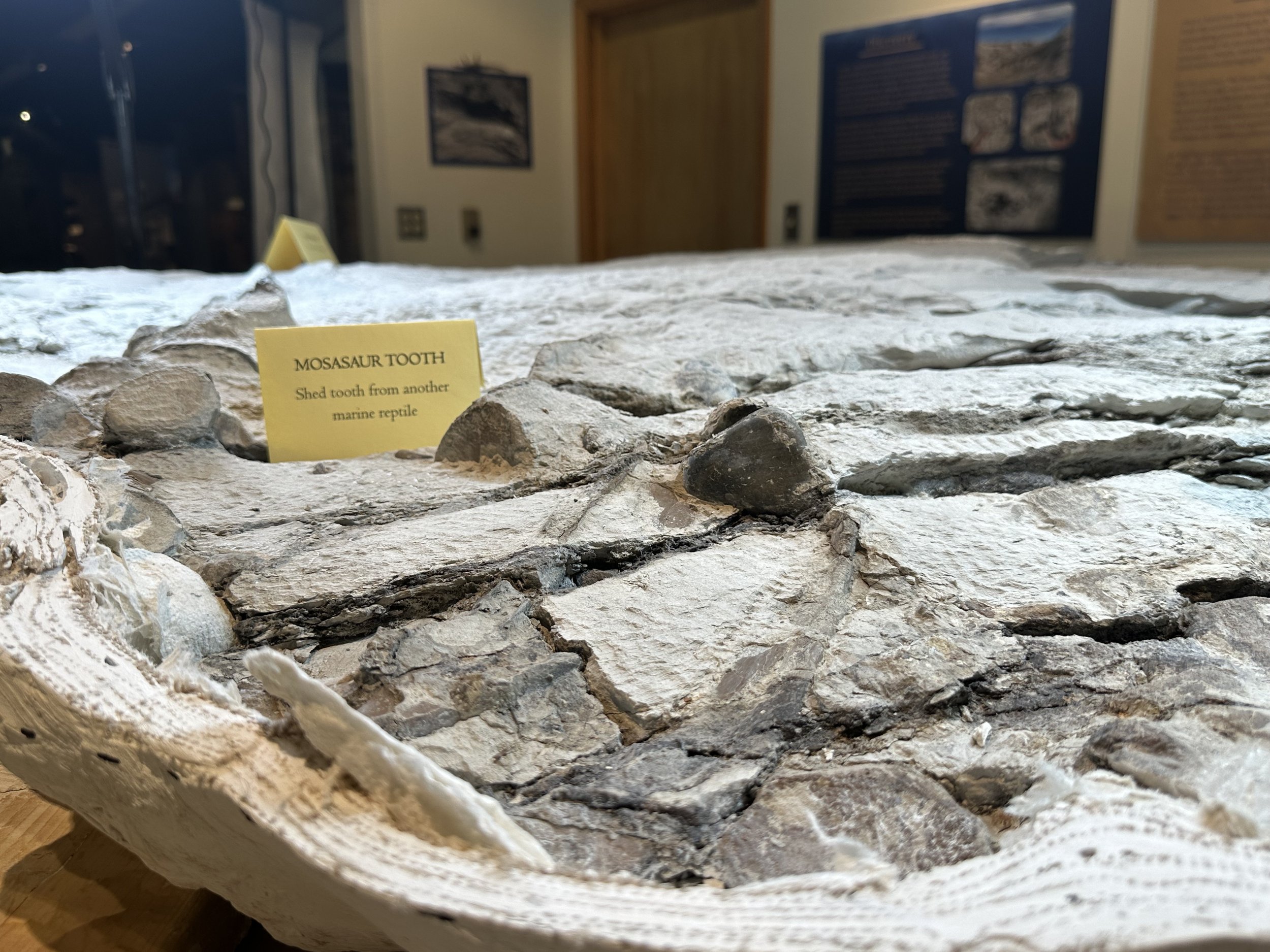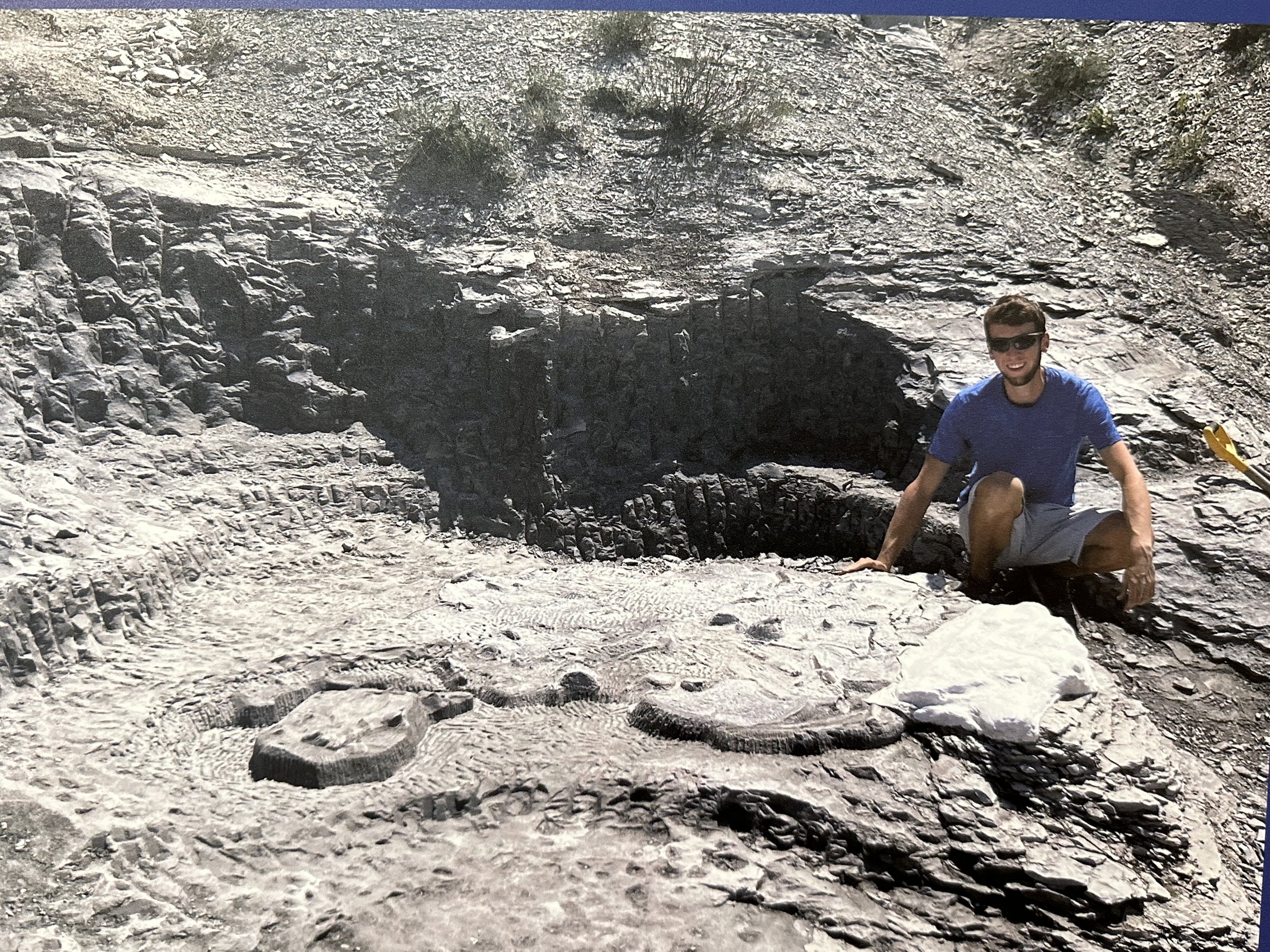
Kristopher Super
El Quartelejo Museum and Jerry Thomas Gallery and Collection
Kristopher Super has long held a fascination with the field of paleontology and a particular interest in the fossils of western Kansas. On his 25th birthday (in 2021), Super discovered the elasmosaur fossil, which includes only the second-known skull of the animal ever found in Kansas.
Kris attended college at Fort Hays State University, graduating with a Bachelor of Science degree in geology, with an emphasis in paleontology. While there, he studied geology and worked in the collections of the Sternberg Museum. He also briefly explored the world of commercial paleontology through an internship at the Rocky Mountain Dinosaur Resource Center in Woodland Park, Colorado. There he prepared multiple fossil specimens from the Smoky Hill Chalk and Judith River Formation.
Leaving Hays, Kris explored graduate opportunities at the University of Kansas and took courses in systematics, ichthyology, museum public education, and scientific illustration. During this time, he also worked at the KU Natural History Museum as field paleontologist and fossil preparator for an ongoing Tyrannosaurus project.
In the summer of 2018, he led extensive fieldwork efforts involving the discovery and collection of over 30 fossil vertebrate specimens from the Smoky Hill Chalk in Kansas. These specimens were sent to the University of Michigan for further research, preparation, and display.
Leaving Lawrence in 2019, Kris worked as field paleontologist on a resource inventory of the Organ Mountains-Desert Peaks National Monument near Las Cruses, New Mexico. He also aided in a field study of Hell Creek Formation microsite assemblages with a team of researchers from the University of Washington’s Burke Museum of Natural History.
Then in 2020, he made a switch to the field of education. Growing up, Super had spent much of his time in his father’s classroom, and education was a familiar matter. Super taught science at Scott Community High School for three years. Scott City is also conveniently located near some of the best exposures of the Smoky Hill Chalk, allowing for frequent fossil finding activities.




